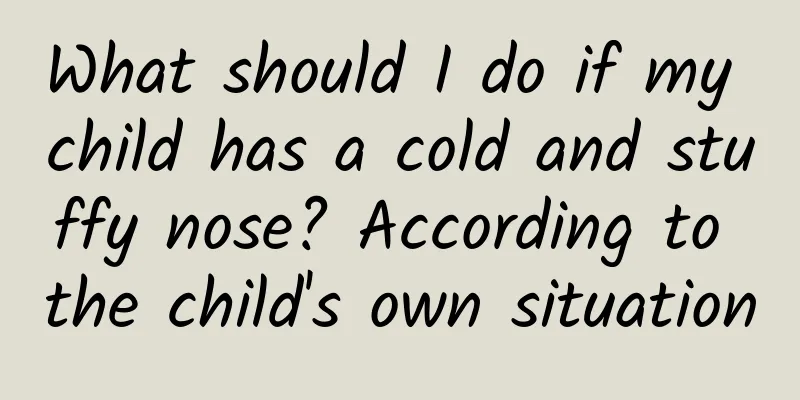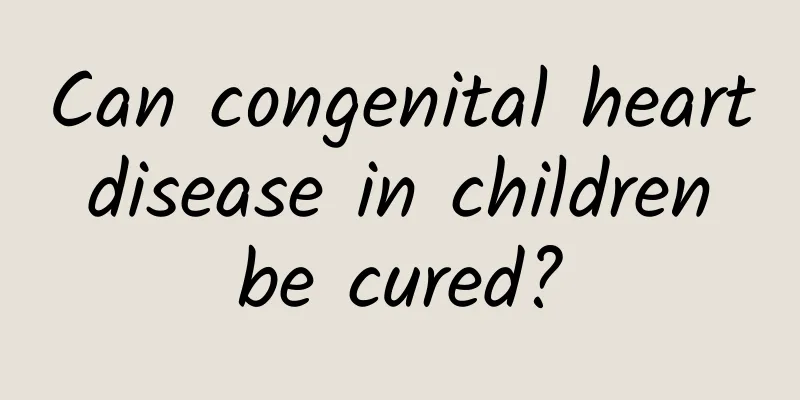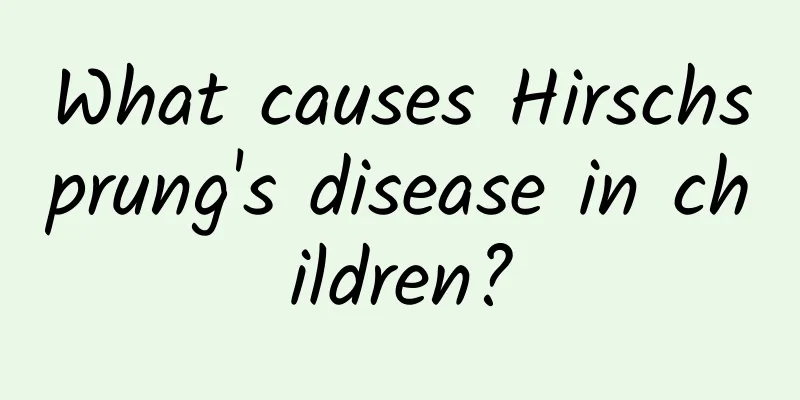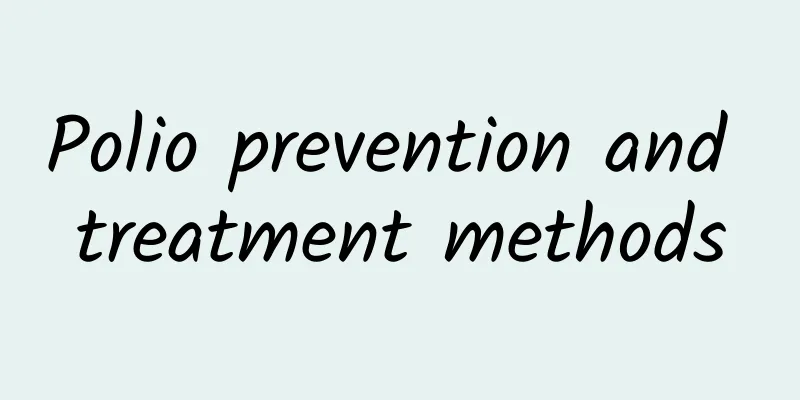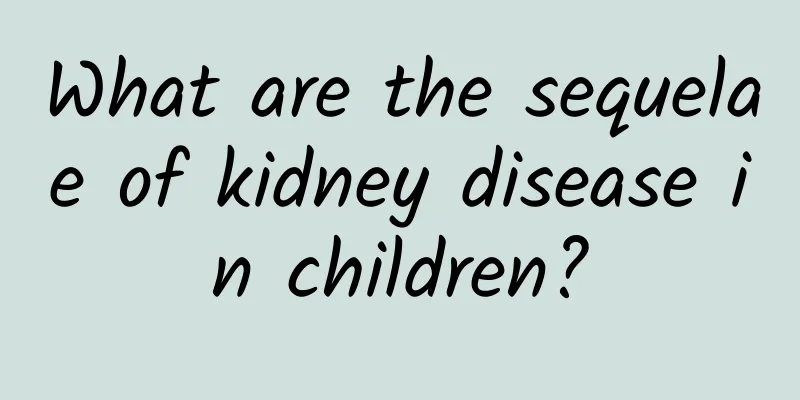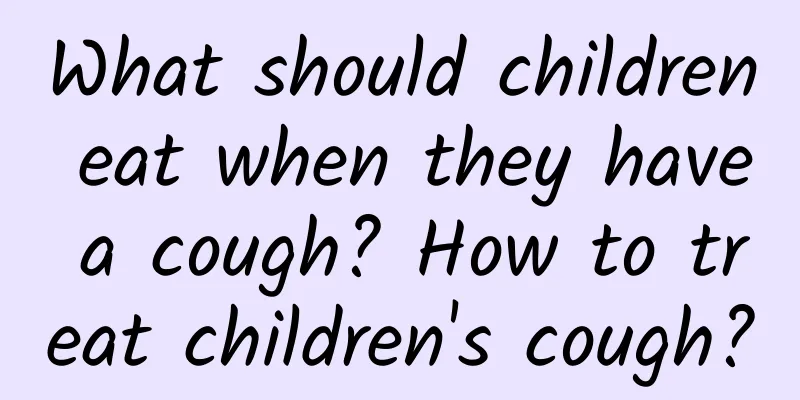Is Kawasaki disease dangerous?
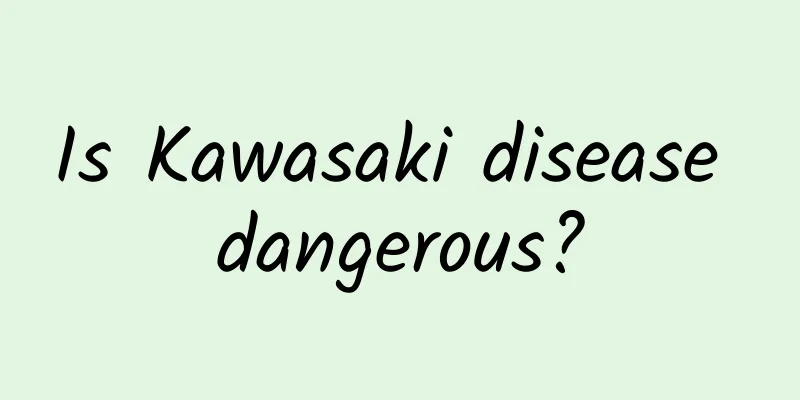
|
There are many children around us suffering from Kawasaki disease. This disease has caused a lot of harm to our child patients. Many people do not have enough knowledge about this disease and have such a question: is Kawasaki disease harmful? So let us learn about it below and hope that everyone can be free from the threat of this disease. Dangers of Kawasaki disease: After infection, Kawasaki disease appears to cause skin, mucous membrane and lymph node lesions. In fact, it is more serious and can cause systemic acute inflammation of small and medium arteries, resulting in vascular intima damage and secondary platelet increase. The most serious harm is that in the middle and late stages of the disease, it is easy to cause damage to large and medium arteries, especially coronary artery aneurysms. It is like a "time bomb" in the human body. Once it ruptures, it will quickly cause the child to bleed to death, and medical rescue is almost impossible to stop or save the situation. In addition, damage to the vascular endothelium will cause a secondary increase in platelets, which can easily lead to vascular embolism, and even cause heart and brain embolism in severe cases. Therefore, Kawasaki disease is one of the most serious acquired heart diseases in children. Medical statistics show that the incidence of coronary artery aneurysms is as high as 20%-25% for those who do not receive timely treatment within 10 days of fever. Even after treatment, about 15% of children will suffer from coronary artery damage, which will sow the seeds of disaster for their future health. Therefore, the harmfulness of Kawasaki disease should be taken seriously. Kawasaki disease, also known as mucocutaneous lymph node syndrome, mostly occurs in children under 4 years old. It is an exanthematous febrile disease accompanied by conjunctival congestion, cervical lymph node enlargement, hard and swollen extremities, pain, peeling of fingertips, red, congested and cracked lips, inflammation of the oral mucosa, and a fever of 38-40 degrees. In this disease, the backs of the hands and feet become hard, similar to edema, 3-4 days after the fever. The skin is shiny, the soles of the hands, feet and palms are red, and there are red inflammatory micro-rashes all over the body, which are itchy like measles. The itchy rash does not form sores, the eye secretions increase, the lips are dry and congested, the oral mucosa and tongue coating are red, the lymph nodes in both necks are swollen and tender, and there are also manifestations of cardiovascular diseases, such as pain in the precordial area, chest tightness, fatigue, cyanosis, and rare swelling and pain in large joints, febrile convulsions, intestinal paralysis, intestinal congestion, jaundice, etc. After comprehensively understanding the above introduction, parents and friends should be very clear about the harm caused by Kawasaki disease. This disease is not an ordinary disease. Its occurrence will seriously harm the health of children. Therefore, everyone should be vigilant and pay attention to the physical condition of the children. If symptoms of Kawasaki disease appear, seek medical treatment immediately. |
<<: Overview of treatments for Kawasaki disease
>>: What are the precautions after Kawasaki disease surgery?
Recommend
The best way to care for diarrhea in children
Many parents must be very familiar with the commo...
When is the best time to drink protein powder? What are the effects and functions of protein powder?
When is the best time to drink protein powder dep...
How to prevent jaundice in pregnant women? Several methods for pregnant women to prevent jaundice
The symptoms of jaundice are quite obvious and se...
What should I do if my child has recurrent mumps? What should I do if my child has oral ulcers?
Mumps and oral ulcers are more common diseases in...
What are the causes of children crying at night?
If a child often cries in the middle of the night...
Effective folk remedies for treating neonatal jaundice
Effective folk remedies for treating neonatal jau...
What should children pay attention to in their diet for pneumonia? Recommended dietary treatment methods for children with pneumonia
Pneumonia in children is a disease that many peop...
How to treat yellow complexion? Pay attention to these 6 points when you have a yellow complexion
A yellow face is caused by many factors. Staying ...
Is polio hereditary?
Many patients will ask some questions about wheth...
How to prevent jaundice from occurring?
Neonatal jaundice is a common disease. The skin c...
There are some tips to prevent breast milk diarrhea
Breast milk diarrhea, that is, pediatric diarrhea...
Diet for children with mid-stage kidney disease
Children are a special group of people and can be...
How to prevent neonatal jaundice? How to prevent and care for neonatal jaundice?
Many newborns will have jaundice after birth, and...
The efficacy and function of pine pollen Pine pollen can resist aging
Pine pollen is a substance with great effects and...
How to care for children after hernia surgery What are the precautions after hernia surgery in children
Many boys will find that their genitals are swoll...
